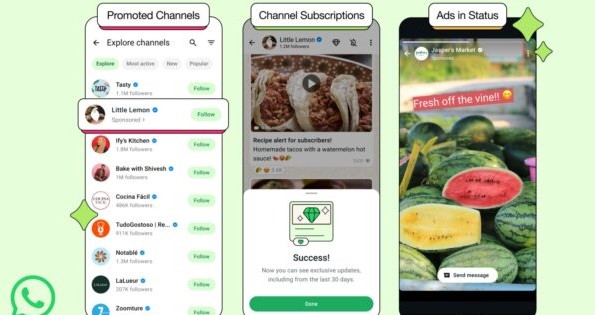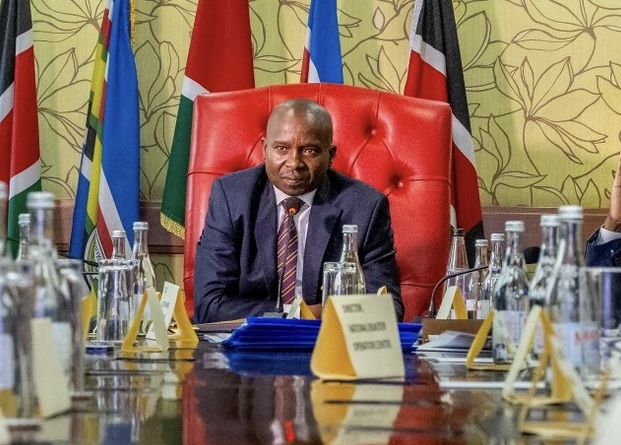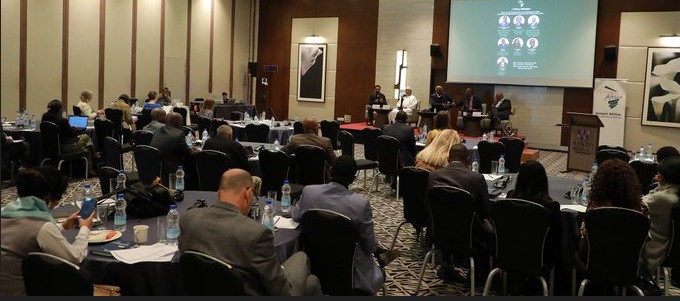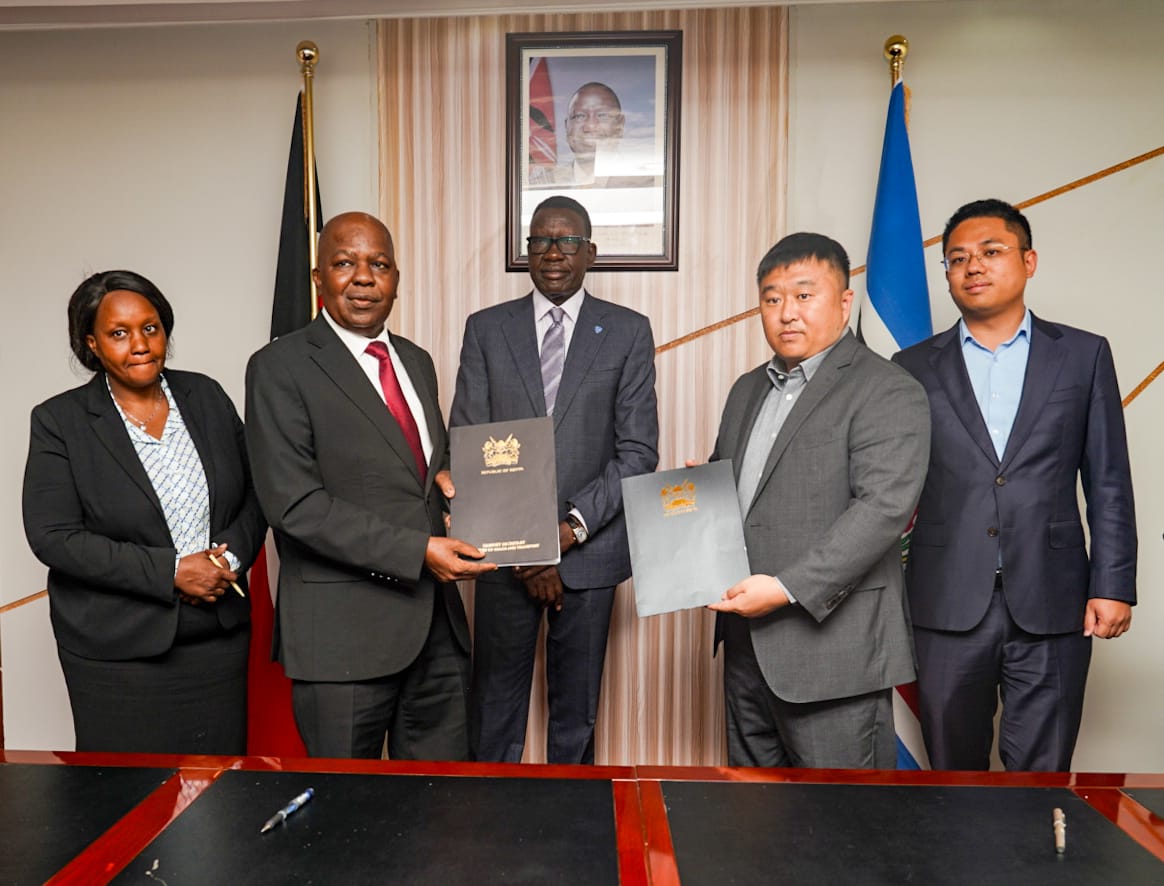Windows 11 setup now requires Microsoft account, blocks local installs
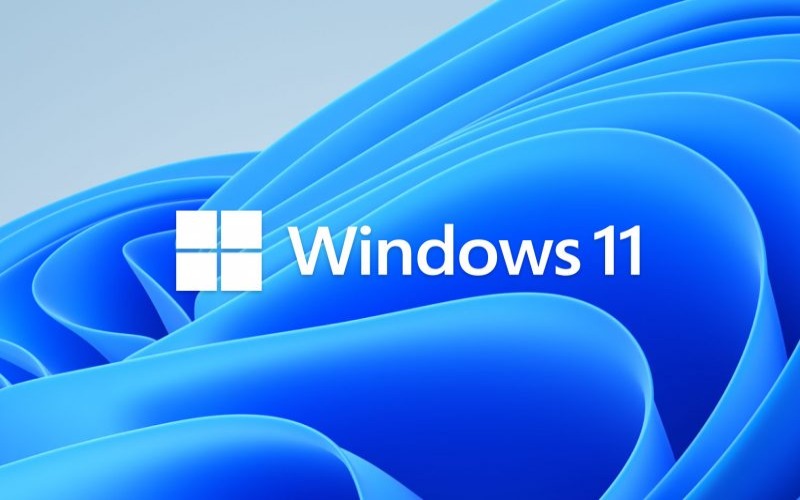
Kenyan users installing Windows 11 for home or small office use may need to create or sign in with a Microsoft account to complete setup, even with limited or unreliable internet access.
Microsoft has quietly begun phasing out popular tricks that allowed users to skip signing in with a Microsoft account during Windows 11 installation, marking a deeper shift toward a fully connected, cloud-integrated desktop experience.
As of the latest Insider Preview builds, users installing Windows 11 Home or Pro can no longer use workarounds that let them set up the system with a local offline account.
More To Read
- ChatGPT, Copilot forced off WhatsApp as Meta enforces new AI restrictions
- Grammarly rebrands as Superhuman in major AI productivity shift
- Meta pulls the plug on Messenger desktop Apps for Windows and macOS
- Microsoft unveils MAI-Image-1, its first AI model that turns words into pictures
- Microsoft integrates Anthropic to strengthen Copilot platform
- Top Microsoft apps in 2025 ranked by downloads
The update, first rolled out in October 2025, blocks commands like “bypassnro” and “start ms-cxh:localonly”, which tech-savvy users relied on for years to opt out of Microsoft’s online ecosystem.
In a statement on its Insider Blog, Microsoft said the move aims to “reduce confusion, avoid partial setups, and ensure users benefit from full device security and personalisation”.
The company argues that a Microsoft account enables better syncing, automatic backups, and integration with tools like OneDrive, Microsoft Store, and Windows Copilot.
But not everyone is convinced.
“This is about control, not convenience,” said David Murimi, a Nairobi-based IT consultant. “Some users don’t want or need to link their machines to a cloud account. Forcing an online login removes that freedom.”
What has changed?
When installing Windows 11 on a new machine or upgrading from an older version, users are now prompted to sign in with a Microsoft account during setup.
While enterprise devices tied to work or school domains may still have exceptions, Home and Pro edition users have no official alternatives.
Attempts to run offline setup scripts or bypass Microsoft account prompts now crash the process or loop back to the login screen.
Kenyan users installing Windows 11 for home or small office use may need to create or sign in with a Microsoft account to complete setup, even with limited or unreliable internet access.
This poses a particular challenge in rural or low-bandwidth areas where offline installation is necessary.
“It punishes users in markets like Kenya where connectivity isn’t always guaranteed,” Murimi added.
Even in urban centres, some users have raised privacy concerns over being forced into a cloud-based login on their personal devices.
For now, older Windows 11 installation media, such as ISO files created before October 2025, may still allow local account creation if users disconnect from the internet before setup. However, this loophole is likely to close in upcoming patches.
Tech forums are already advising users to back up working installation tools or consider migrating to Linux or other Windows alternatives if offline flexibility is important.
This change reflects Microsoft’s ongoing transition from Windows as a standalone OS to a cloud-first platform.
It mirrors trends in Google’s Chromebook OS and Apple’s iCloud-driven Mac ecosystem.
However, it raises questions about user autonomy, especially in countries where digital infrastructure or personal preference favours simplicity over seamless syncing.
“Not everyone wants their PC to behave like a smartphone. Some of us just want a clean setup without constant reminders to link accounts and enable syncing," noted Murimi.
Top Stories Today
